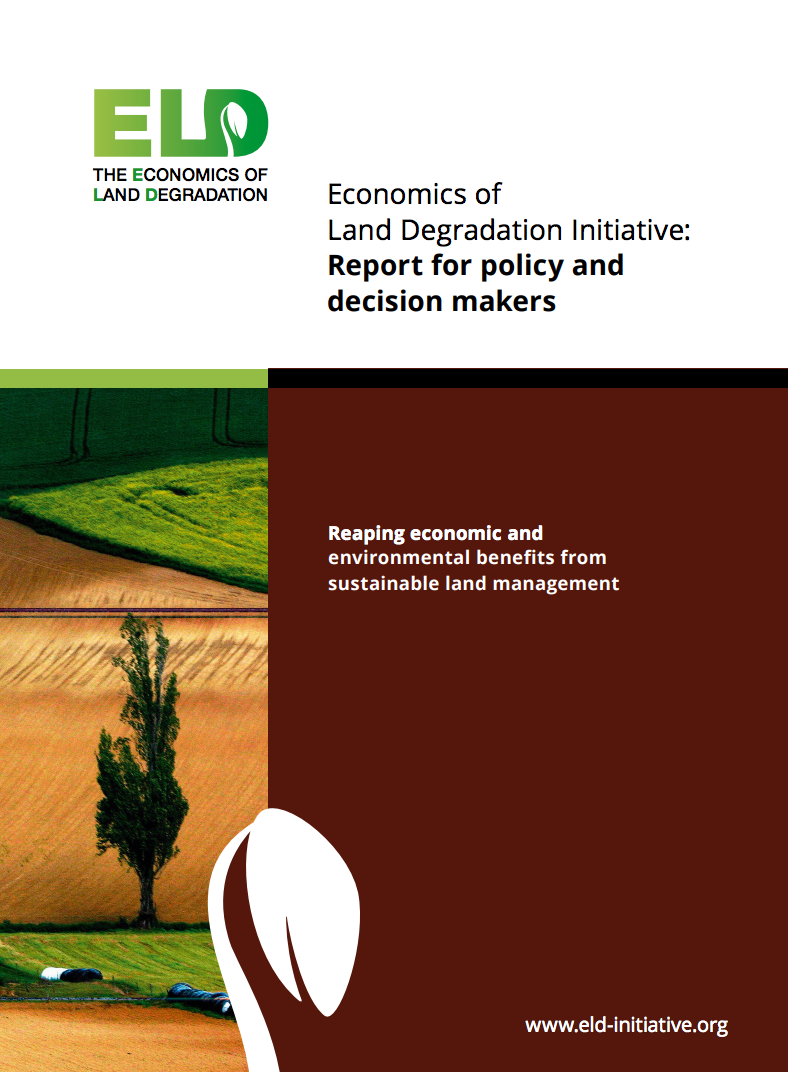Climate-smart agriculture global research agenda: scientific basis for action
Climate-smart agriculture (CSA) addresses the challenge of meeting the growing demand for food, fibre and fuel, despite the changing climate and fewer opportunities for agricultural expansion on additional lands. CSA focuses on contributing to economic development, poverty reduction and food security; maintaining and enhancing the productivity and resilience of natural and agricultural ecosystem functions, thus building natural capital; and reducing trade-offs involved in meeting these goals.




